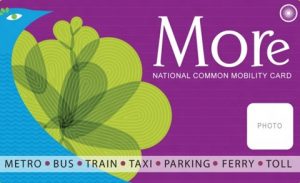Now, I have tried my level best to be as apolitical as possible, but I have had zero success, because transport, especially buses is that one sector that is abused by all types of politics for personal benefits and what not.
Bus transport has been used for vote-bank politics (Delhi, Blueline buses under the AAP government), propaganda (Telangana, Tamil Nadu under all governments), and is therefore caught in a heavy onslaught.
Below is a standard template of the leftist views on transport, which I had originally posted on Medium.
Leftists: No more cars on the roads, force people in to public transport.
Government: We are building a metro, sanctioning …
Leftists: NO! That is too much. We don’t need any metro or bullet train. You will chop down trees. Get more buses.
Government: We are procuring 250 diesel buses.
Leftists: Hawww. Diesel, you are polluting the environment!
Government: We are laying a CNG pipeline.
Leftists: You will give everyone access to cheaper fuel, people will take out their cars now!
Government: We we procure electric buses at ₹2.7 crore each!
Leftists: What a exorbitant waste of money! It can be better used to educate some poor children with help from a foreign-funded missionary NGO!
Now this is not a typical rant. It is exactly what happens in the real world.
For starters, the Namma Metro project in Bengaluru was to displace 1,000 odd trees between Byapanahalli. The image created by leftists: The BMRCL is ‘lying’ and ‘misleading’ the public. When MMRCL decided to build its depot in the fringes of the Aarey Forest, they went to the extent of saying it’s akin to ‘Cutting down trees for a project nobody will ever use’. Some of these NGOs, namely Vanashakti (or something similar) and Save Aarey went to the level of harassing Metro supporters like TheMetroRailGuy, who runs a brilliant website that tracks the progress of Metro Rail projects in the country. The level of abuse and unparliamentary language hurled at TMRG and several of us on Twitter was standard of the left: Abuse, scamper, and then play the victim card.
The simplest explanation of the left in terms of forcing people to get into public transport and blaming Diesel vehicles have been posted before:
Tax the car and free the bus; Delhi’s Odd-Even plan.
Now, while it is known that the left openly shouts against cars, taxi services (including ride-sharing), and demands better transport, they have two agendas: 1. No private participation, the government does it. 2. The government just does it, no scope for innovation. The left also supports unionisation, which as I have written about on The Quint, is a bad idea.
The right, too supports, public transport, particularly buses, for it is simple: Buses can accommodate more people and reduce congestion. As Swarajya‘s R Jagannathan explained, The Future of Public Transport is the Bus, as simple as that. I agree. Metro and BRTS projects are long-term solutions. Buses are short, medium and long term solutions. They’re a flexible mode of transport, can be implemented anywhere and everywhere. Long distance route? Get a Double Decker or a Vestibule Bus. Narrow streets? Get a mini-bus. Affluent people on the route? Run an AC bus. The bus ecosystem is extremely flexible. New and upcoming locality? Extend a route. Run a new route. It’s not complicated at all.
The left doesn’t support this theory. They want buses. Cheap buses. Buses that may or may not even serve a purpose. Buses that just exist. For the sake of existing. They are in most cases, against luxury services, premium services, air-conditioned buses as well. Regular dabbas with cheap fares. They believe that bus services must run at a loss. They want complete nationalisation of all routes, something that I have explained earlier (on Swarajya) is a fatal move because the government cannot handle the load.
The Right on the other hand is far more practical. Although I am a quasi-libertarian, I do support some form of regulation. Extreme regulation, as well as extreme deregulation, both will create problems.
A developed country is not a place where the poor have cars. It’s where the rich use public transport
A quote by Enrique Peñalosa, the former Mayor of the city of Bogotá, Colombia, this quote is again, slightly leftist. Of course, ignoring that fact that Peñalosa allegedly fabricated his PhD and Masters in Public Administration, this quote is wrong on several levels.
For starters, a developed nation is not where someone, no matter how poor or rich would have to use public transport. A developed nation, in an ideal, libertarian scenario would be one where anyone, again, no matter how rich or poor, would have the choice to use whatever form of transport they wished to use, be it buses, cabs, cars, trains, or even walk wherever they want to. However, the quote would hold true in terms of infrastructure, if one were to consider that a developed nation is where the infrastructure is good enough for a rich person to consider taking public transport. Going by this logic, I would safely ascertain that Mumbai is the most developed part of India, since even rich (or atleast well off) business-class people, take either a train (First Class of course) or a bus (Purple Faeries, ahem) to work.
Anyway, getting back to the left. The left does not want progress. All it wants is stagnation and forced coercion of people to use whatever form of transport is thrown at them.
Transport affects everyone equally, for everybody needs to get to someplace or the other, on a daily basis. Forcing such a crucial sector to stagnate, is the worst sin on society imaginable. If it weren’t for transport, every sector would come Crashing like a Canary (I invented this quote, don’t ask what it means).
To end a long story short, I quote myself.
Transport is nobody’s charity, and everybody’s business.
-Srikanth Ramakrishnan, 3 March 2017
Do let me know what your thoughts are in the comments section.
The left should ideally refrain from talking about transport. Click To Tweet
![]()


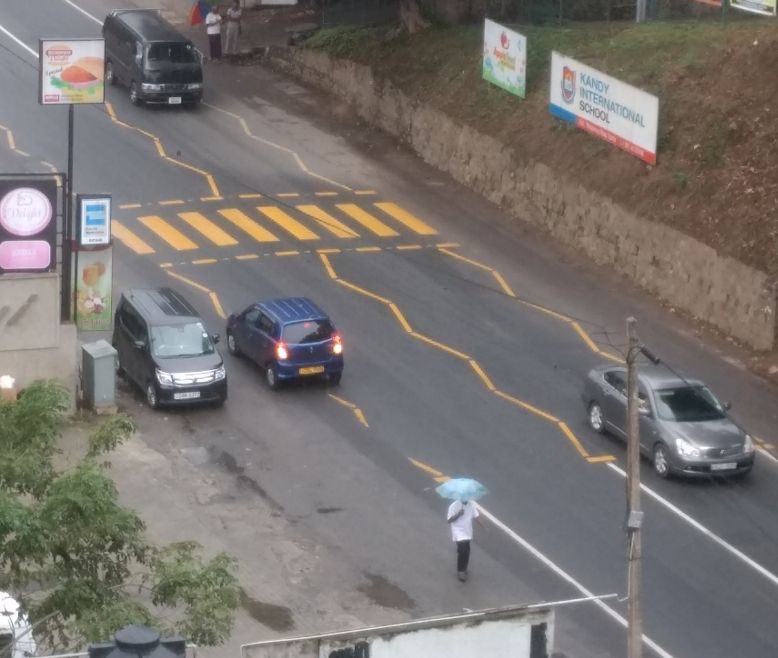


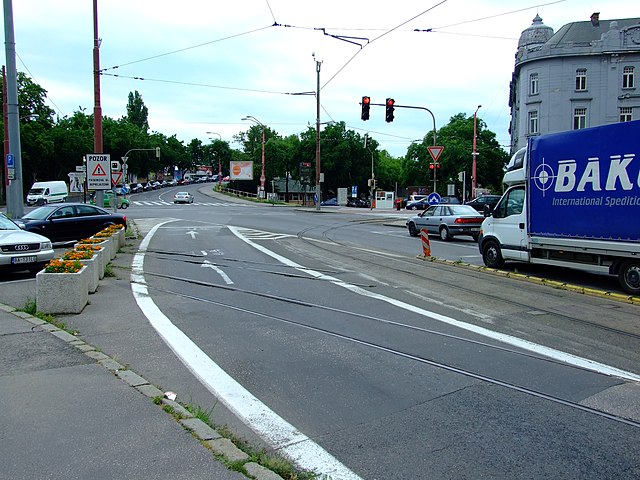
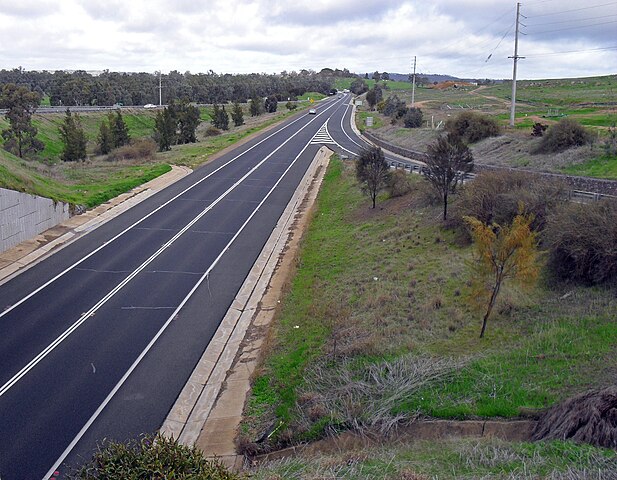
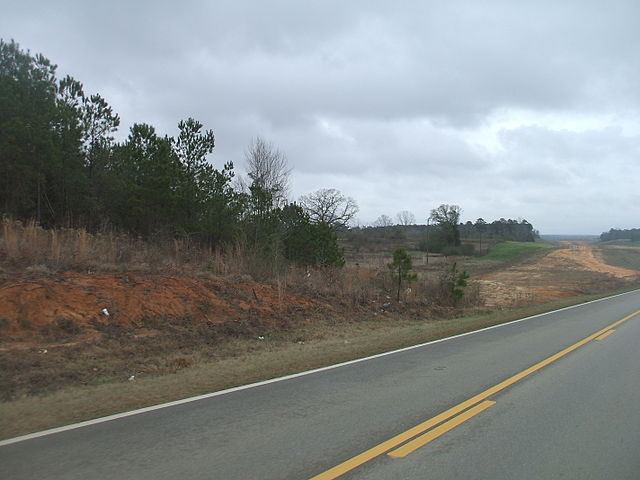


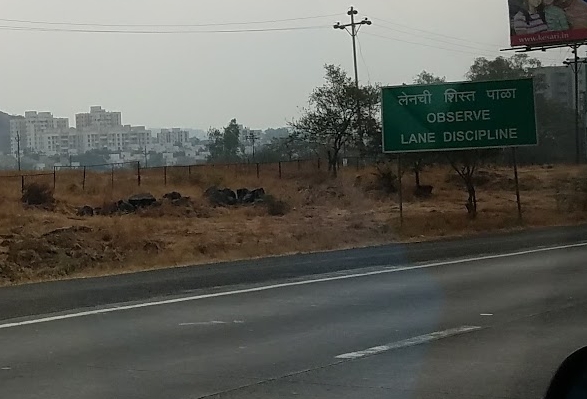
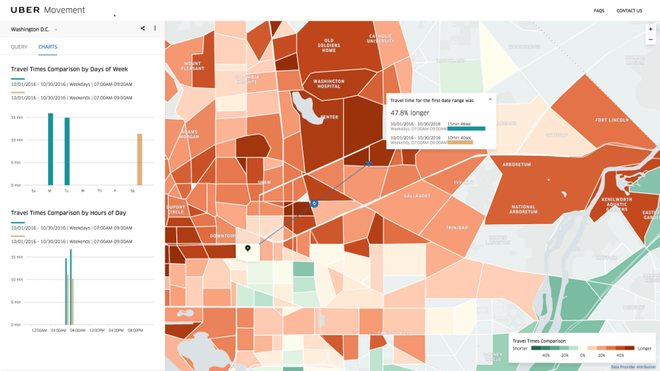
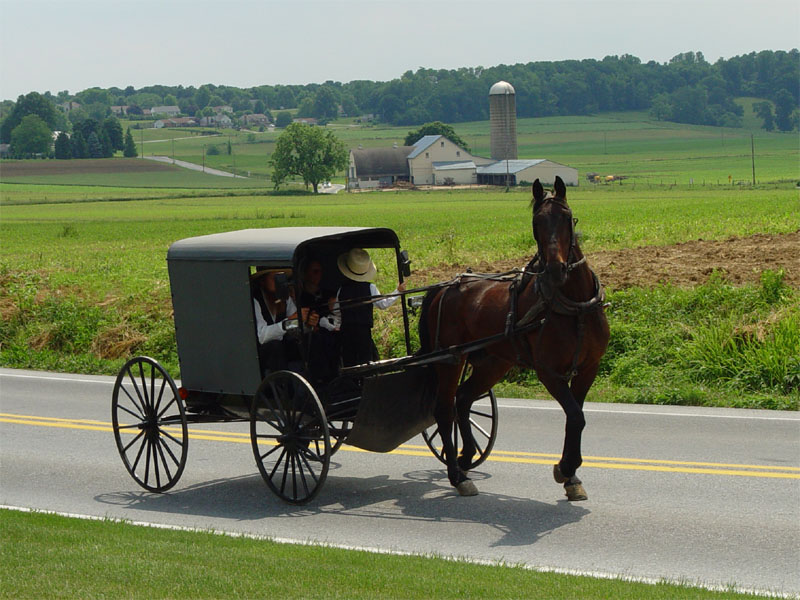
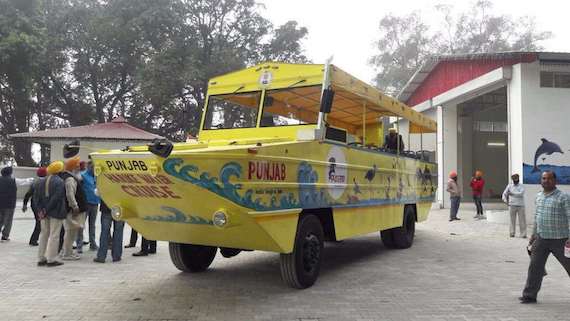
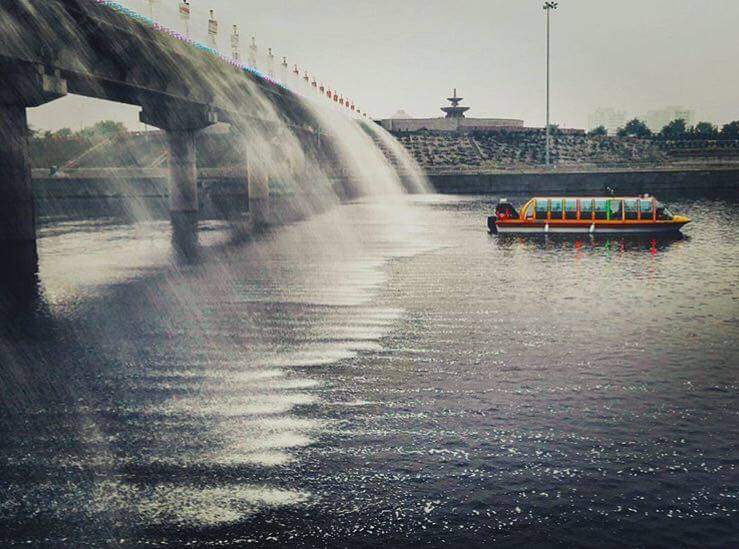







![An MTC Small Bus [Mini Bus].](http://www.thehindu.com/multimedia/dynamic/02108/Mini_Bus_TH_2108183f.jpg)

